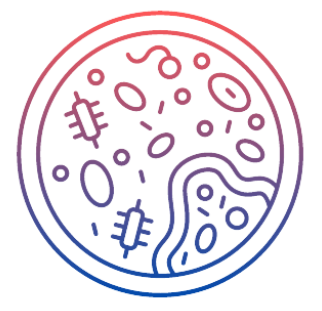Experimental and computational Biology

Systems biology and development of computational methods for the reconstruction of metabolic models:
Innovative genome-scale computational tools are necessary to effectively predict and control phenotypes. I have been at the forefront of developing and deploying Next Generation computational models for bacteria and eukaryotic microorganisms. Metabolic models of eukaryotic microorganisms account for a large fraction of organelle-specific annotated genes, significantly broadening the scope and predictability of microbial systems biology. My team is currently applying computational methods developed for microalgae to improve the organelle-specific annotation of other eukaryotic microorganisms for improved net-zero bioproduction.

Characterization of microorganisms with novel metabolic pathways:
Isolation is one of the main challenges in developing a new bioprocess for bioremediation of water, soil, and air. I developed high-throughput methods that allow for the cultivation of novel microbes using minimal media with selective carbon sources. Accessing microorganisms lays the foundation for in-depth studies in biology, biotechnology, and environmental technology. To date, my techniques and methods are still being used for isolation and characterization. Currently, I develop model-driven strategies to make progress toward the cultivation of so far uncultured human and plant pathogenic microorganisms. Model-driven strategies result in rational experimental design.

Development of computational tools to characterize microbial communities and microbiome:
Microbial communities are pervasive throughout Earth. However, experimental limitations to quantitatively characterize the members and role of these communities often hinders the study of community composition and interspecies interactions at a deeper level. This provides a challenge for an in-depth and mechanistic understanding of the role of microbial communities. Through the integration of in situ genome sequencing, metatranscriptomic analysis, and modeling, I have been able to obtain quantitative information about interspecies interactions between individual species. Deploying this advanced quantitative biology toolbox in conjunction with systems biology approaches allows for a mechanistic understanding of interactions and the capability to predict phenotypes under diverse environmental and genetic stages. Over the last few years, I have developed these community systems biology methods to understand interactions between phototrophs and heterotrophs to understand different earth ecosystems as well as for sustainable growth and bioproduction applications.
